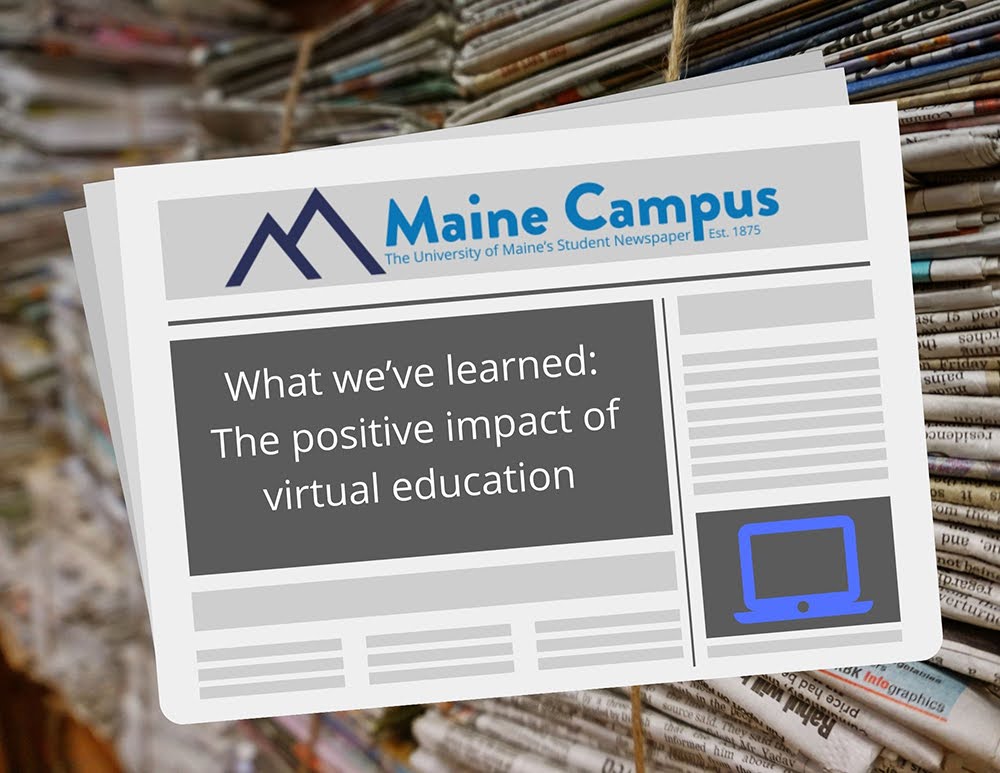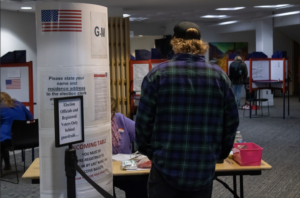In March 2020, as campuses and businesses were shutting down to shelter in place due to COVID-19, many people were afraid as they watched their livelihoods be derailed by the sudden onslaught of the global pandemic. The forceful shift to conducting our everyday business online felt like we were going into it blind.
Although online classes existed before the pandemic, they were mostly seen as an ‘alternative’ educational path or only for making up classes during break terms. However, they soon became the default throughout the 2020 and 2021 semesters. For the first year of the pandemic, students and professors both worked tirelessly to transition to virtual learning while eagerly waiting for the announcement of the return to physical spaces.
The commonly accepted narrative of the pandemic is that online classes were universally a terrible, ineffective experience and that in-person classes are always preferable. Many said their quality of education plummeted and that now, as we start to return to in-person activities, they feel like they didn’t retain anything they should’ve learned.
While this experience is entirely true and haunts many “Zoom University” alumni, the pushback against virtual education overshadows the enumerable benefits. Classes operating online actually provide an incredible inventory of tools that students can use to their advantage.
Before the pandemic, disruptions to your life that could cause you to miss classes were risky. Unexpected travel plans, needing to pick up extra shifts at work to make rent or even just taking a day off to care for your mental health could potentially affect your grade.
But once online classes began, it felt as if the entire system softened and everyone became more forgiving. In the synchronous format, the classroom is immediately accessible from anywhere with an Internet connection, which allows students to travel and work as needed and still be able to keep up with their classes. Asynchronous classes removed the specific time obligation, giving students control over when to complete the lectures and course work.
Many professors also chose to elongate the amount of time given to take tests, some by several hours, and many classes also switched to completely open-note exams to fit the virtual format. A common story from pre-pandemic education shared by numerous students focused on how they did well on homework and projects and felt confident in the material, but never being successful in their exams. Some students battled severe test anxiety, some felt as if they couldn’t properly memorize the material and some needed much longer than the allotted time to process and work through the questions.
Having these test-taking accommodations be normalized is hugely beneficial to students who previously struggled. Instead of a one-shot, time-crunched chance to score a high grade that weighs heavily into your final grade, the long take-home exams allow for more time to work through each problem at a thorough pace.
Now that we’re returning to in-person classes, the benefits of virtual learning should be maintained. Recorded lectures, more adaptability with test accommodations and the overall increased level of empathy towards struggling students will move mountains to improve higher education as a whole in our new normalcy.









